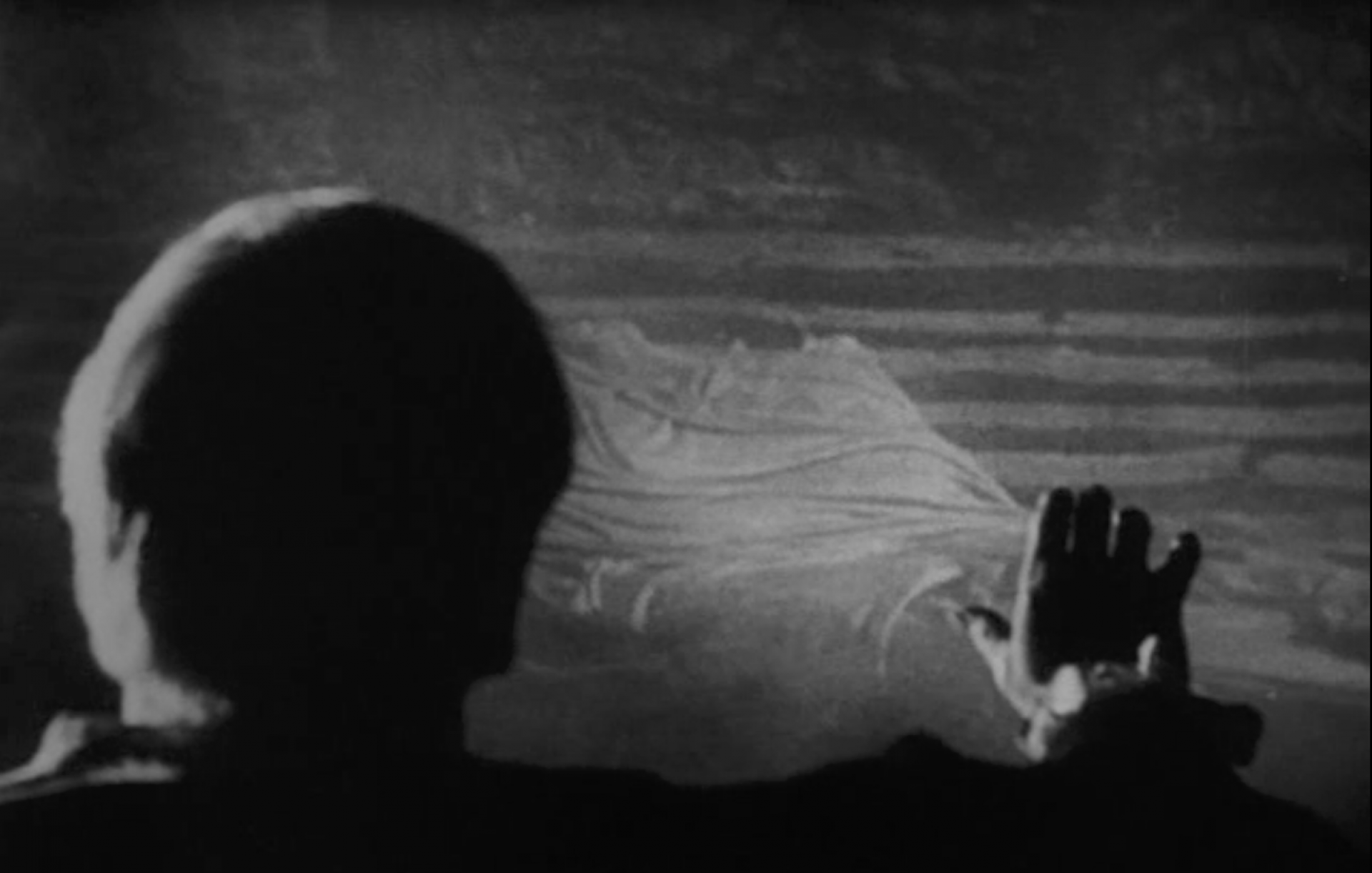Video essay based on Martin Scorsese’s 1993 adaptation of Edith Wharton’s novel «The Age Of Innocence» and Bernard Herrmann’s score for TAXI DRIVER (Scorsese, 1976).
«The Age Of Emptiness» takes a look at how we might also read Scorsese’s film in our current situation of «Social Distancing». After all, the voice-over narration mentions people («even young people») dying from pneumonia.
Loneliness has always been present in Scorsese’s films, especially in TAXI DRIVER. But in THE AGE OF INNOCENCE, out of 130 minutes (excluding credits) there are 8 minutes of shots completely devoid of human characters. Especially during voice-over passages, these always remind me of INDIA SONG (Duras, 1975).
THE AGE OF INNOCENCE is exceptionally rich in visual motifs like hands, food, flowers (real, painted, embroidered…), cigars, fire, gloves, writing, paintings and lamps. So instead of another Scorsese-supercut, I attempted to tell a short story highlighting some of these motifs without showing a single human face (which meant I had to ditch the long shots of people sitting at a «social distance» of several feet from each other). No split screen, no explanatory voice-over, just images, music and text.
When Michael Ballhaus once visited our university and talked specifically about THE AGE OF INNOCENCE, he emphasized that his main concern (in general) had always been «capturing the subtext» by way of camera moves and that the excessive use of dissolves in this film had partly been the result of having to trim tracking shots that went on for too long. Thus, my video essay «The Age Of Emptiness» is also a tribute to Ballhaus‘ cinematography and the editing of Thelma Schoonmaker.
For study and educational purposes only.
